Sind Sie schon einmal an einem Teich vorbeigegangen und haben es genossen, Goldfische beim friedlichen Schwimmen zu beobachten? Man spürt die Ruhe und Gelassenheit, die sie ausstrahlen. Für viele Hausbesitzer ist die Vorstellung, diese Ruhe in den eigenen Garten zu holen, äußerst verlockend. Doch bei begrenztem Platz stellt sich die Frage: Können Goldfische in einem kleinen Gartenteich überhaupt überleben? Dieser Abschnitt befasst sich mit der erfolgreichen Haltung von Goldfischen in einem Teich, einschließlich Teichgröße, Wasserqualität, Schutz vor Fressfeinden und saisonaler Pflege.
Einführung in Goldfische und Teiche
Die meisten Gartenbesitzer träumen davon, ihren Garten mit Fischen zu bereichern, und denken dabei oft zuerst an Goldfische. Bewundert für ihre leuchtenden Farben, ihre Robustheit und ihr würdevolles Wesen, bringen Goldfische Lebendigkeit und Ruhe in jeden kleinen Gartenteich. Bevor man sich jedoch welche im Zoofachhandel kauft, sollte man sich fragen: Ist mein Teich dafür geeignet? Die Haltung von Goldfischen in einem Teich erfordert eine sorgfältige Prüfung der Wassertiefe, der Filteranlage, der Sauerstoffversorgung und der zukünftigen Pflege der Teichfische. Mit der richtigen Anlage kann Ihr Garten zu einem blühenden Wasserparadies werden, das Schönheit und Artenvielfalt vereint.

Mindestgrößen- und Tiefenanforderungen
Die Größe des Teichs ist bei der Haltung von Goldfischen entscheidend. Obwohl sie oft als Jungfische verkauft werden, können Goldfische je nach Art 15–30 cm groß werden. Ein zu kleiner Teich hemmt ihr Wachstum und beeinträchtigt ihre Gesundheit. Verwenden Sie für die ersten Goldfische mindestens 750 Liter Wasser und für jeden weiteren Fisch zusätzlich 190 Liter.
Auch die Tiefe spielt eine Rolle. In gemäßigten Klimazonen sollte ein Teich mindestens 60 cm tief sein, um stabile Temperaturen und ein sicheres Überwintern zu gewährleisten. Flache Teiche neigen dazu, im Sommer zu warm zu werden und im Winter zuzufrieren. Selbst bei einem kleinen Gartenteich bietet eine tiefere Zone Ihren Goldfischen Schutz vor Unwettern. Die Solarbrunnen und Teichfilter von Poposoap sind universell einsetzbar und eignen sich für Teiche von 150 bis 2250 Litern. Daher können sie für eine Vielzahl von Gartenteichen verwendet werden.
Tipps zur Filtration und Sauerstoffanreicherung
Goldfische benötigen sauberes, sauerstoffreiches Wasser zum Gedeihen. Ohne Filter sammeln sich schnell Abfallstoffe an, was zu trübem Wasser und tödlichen Ammoniak-Schüben führt. Ein gutes Filtersystem entfernt nicht nur Schmutz, sondern fördert auch nützliche Bakterien, die Abfallstoffe auf natürliche Weise abbauen.

Für Gartenteiche bietet der Poposoap Solar-Teichfilter eine wartungsarme und umweltfreundliche Lösung. In Kombination mit einem Schwimmbrunnen oder einer Solarbrunnenpumpe sorgt er für die notwendige Wasserzirkulation, verhindert Stagnation und bietet gleichzeitig ein schönes Wasserspiel. Besonders an heißen Sommertagen, wenn der Sauerstoffgehalt im Teich am niedrigsten ist, ist die Sauerstoffzufuhr wichtig. Die Installation eines Belüfters oder eines einfachen Wasserfall-Sets kann Ihren Teich gesünder machen und dafür sorgen, dass Ihre Goldfische sich wohlfühlen und aktiv bleiben.
Fütterung und saisonale Pflege
Teichgoldfische werden gezielter gefüttert als Aquarienfische, denen einfach Flockenfutter ins Wasser geworfen wird. Eine ausgewogene Mischung aus schwimmenden Pellets, Gemüse und gelegentlichen Leckerbissen wie Mückenlarven hält die Fische in den wärmeren Monaten gesund. Überfüttern Sie nicht, da nicht gefressenes Futter das Wasser verunreinigt.
Mit sinkenden Temperaturen muss Ihre Fütterungsmethode angepasst werden. Im Herbst empfiehlt sich eine Ernährung auf Weizenkeimbasis, da diese leichter verdaulich ist. Sobald die Wassertemperatur unter 10 °C (50 °F) fällt, sollte gar nicht mehr gefüttert werden – Goldfische fallen in eine Art Winterschlaf und können Nahrung nicht mehr effizient verdauen. Im Winter muss ein Teil der Teichoberfläche eisfrei bleiben, um den Gasaustausch zu gewährleisten. Ein Teichheizer oder eine solarbetriebene Umwälzpumpe können verwendet werden, um eine Atemöffnung offen zu halten und gleichzeitig die Wasserzirkulation aufrechtzuerhalten.
Schutz vor Raubtieren

Kleine Teiche sind anfällig für Raubtiere wie Reiher, Waschbären oder sogar Hauskatzen. Goldfische, die nahe der Wasseroberfläche schwimmen, sind besonders gefährdet. Um Ihre Fische zu schützen, gestalten Sie Ihren Teich mit abfallenden Wänden zu einem tieferen Bereich, wo die Fische Versteckmöglichkeiten finden. Schwimmpflanzen wie Seerosen bieten natürlichen Schutz, und ein Teichnetz dient als zusätzlicher Schutz.
Der strategische Einsatz von Poposoap-Teichleuchten sorgt für stimmungsvolle Abendstimmung und schreckt gleichzeitig Fressfeinde ab, indem er das Wasser und die Umgebung beleuchtet. In größeren Teichen regen schwimmende Fontänen die Tiere an und halten Reiher vom Waten fern.
Fehler, die es zu vermeiden gilt
Bei der Haltung von Goldfischen in Teichen machen Anfänger vermeidbare Fehler:
- Überbesatz: Wenn Sie zu viele Fische in Ihren Teich einsetzen, wird die Kapazität Ihres Teiches überlastet.
- Fehlende Filterung: Ein kleiner Teich ohne Wasserzirkulation wird zu einem stehenden Gewässer.
- Mangelhafte Fütterung: Überfütterung ist die Ursache für Probleme mit der Wasserqualität und gestresste Fische.
- Die Anforderungen der Jahreszeit werden nicht vernachlässigt: Goldfische überleben die kalten Wintermonate in flachen Teichen nicht unbedingt, wenn sie nicht entsprechend vorbereitet werden.
- Wartung vernachlässigen: Um einen langfristigen Erfolg zu gewährleisten, müssen regelmäßige Müllbeseitigung und Wassertests durchgeführt werden.
Mit dem Einsatz hochwertiger Teichausrüstung, wie zum Beispiel Poposoap-Solarbrunnen und Teichfiltern, und indem man solche Fehler vermeidet, schafft man die Grundlage für ein erfolgreiches aquatisches Leben.
Schlussbetrachtung
Kann man also Goldfische in einem kleinen Gartenteich halten? Die Antwort lautet: Ja – mit der richtigen Planung und Ausrüstung. Goldfische sind robust, fühlen sich aber in Teichen mit einem ausgewogenen Verhältnis von Tiefe, Wasserqualität und einem intakten Ökosystem am wohlsten. Ob Sie einen Teich neu anlegen oder Ihren Gartenteich modernisieren möchten: Ausrüstung wie solarbetriebene Pumpen , Filter und Beleuchtung von Poposoap kann die Teichpflege vereinfachen und angenehmer gestalten.
Im Gegenzug belohnt Sie Ihr Teich mit glitzernden Goldtönen, sanften Wellen und einem lebendigen Mittelpunkt, der Ihren Garten in eine Oase der Ruhe verwandelt. Goldfische sind nicht einfach nur Haustiere – sie sind das Herzstück eines blühenden Teichlebens.




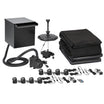
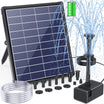
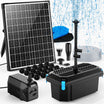
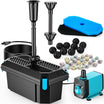
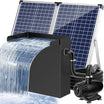
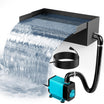

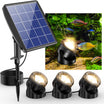
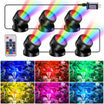

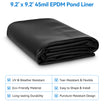
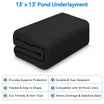

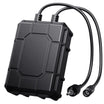
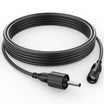

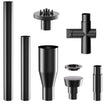
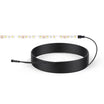
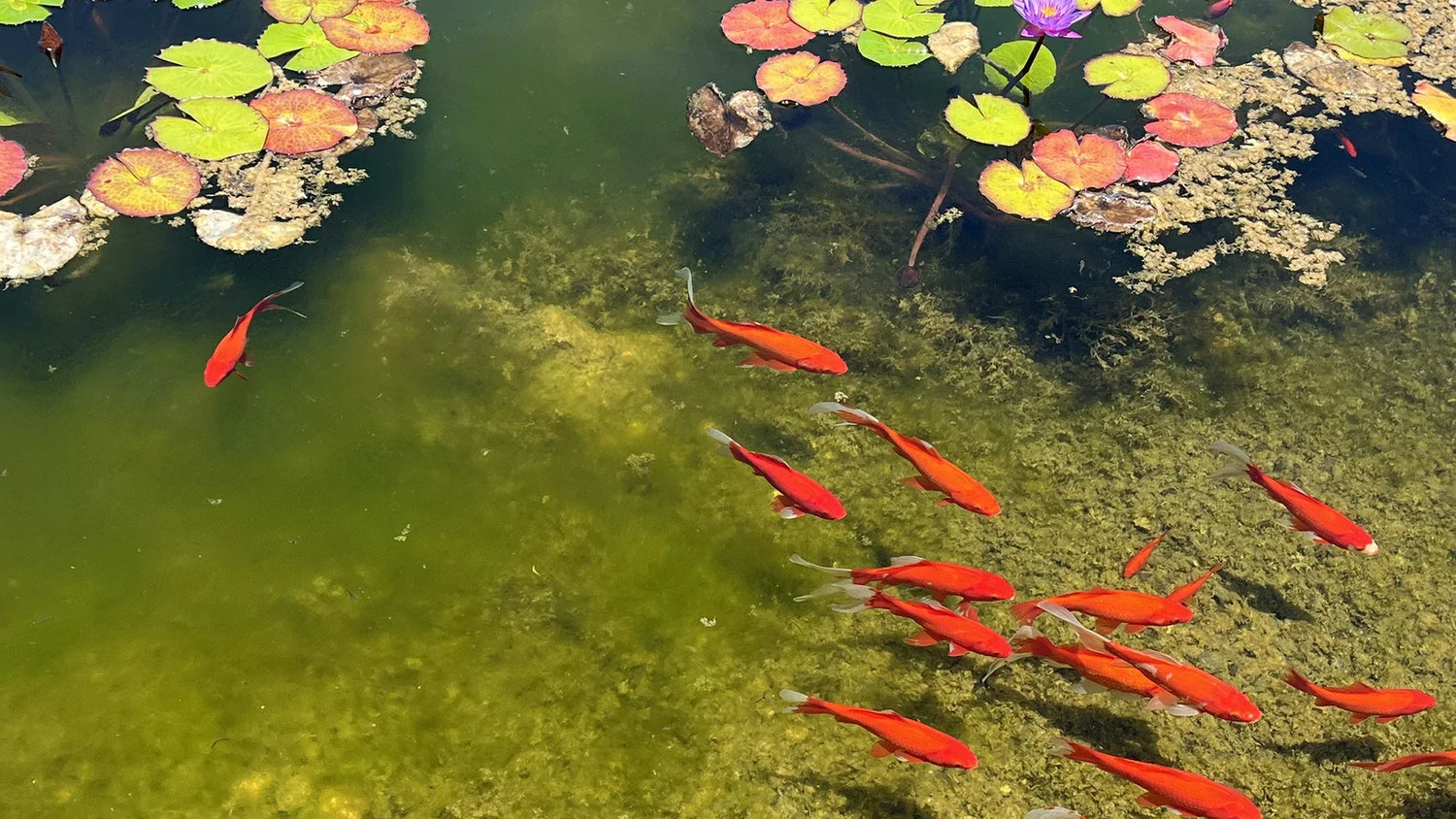
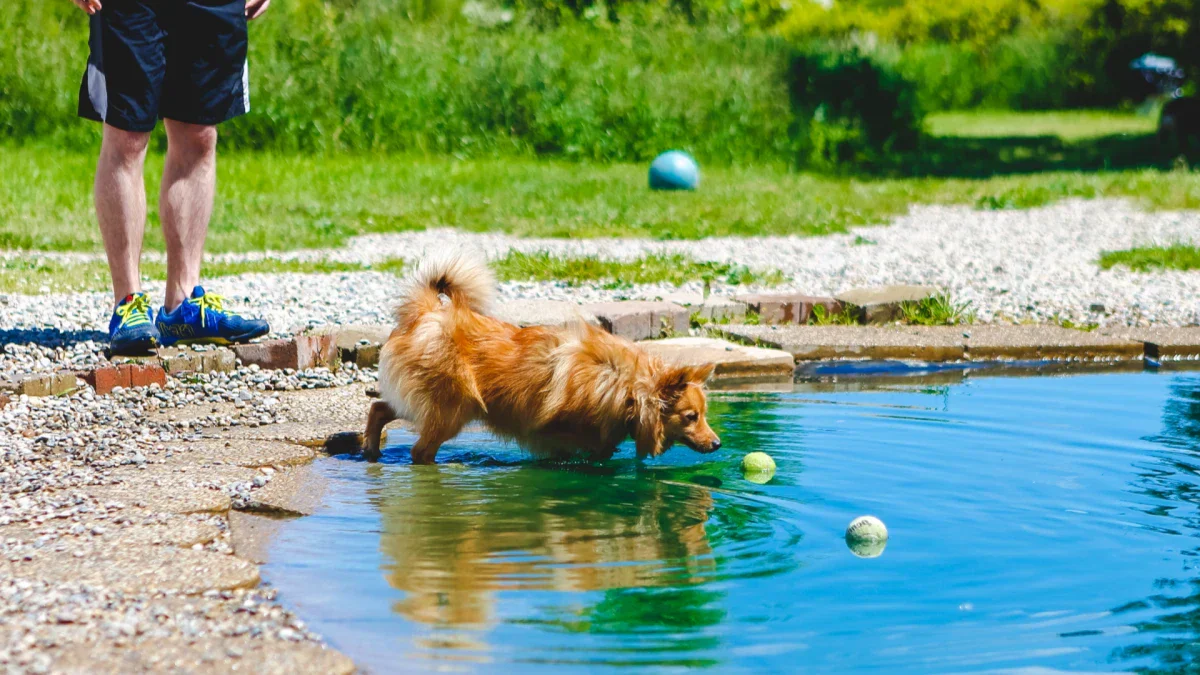
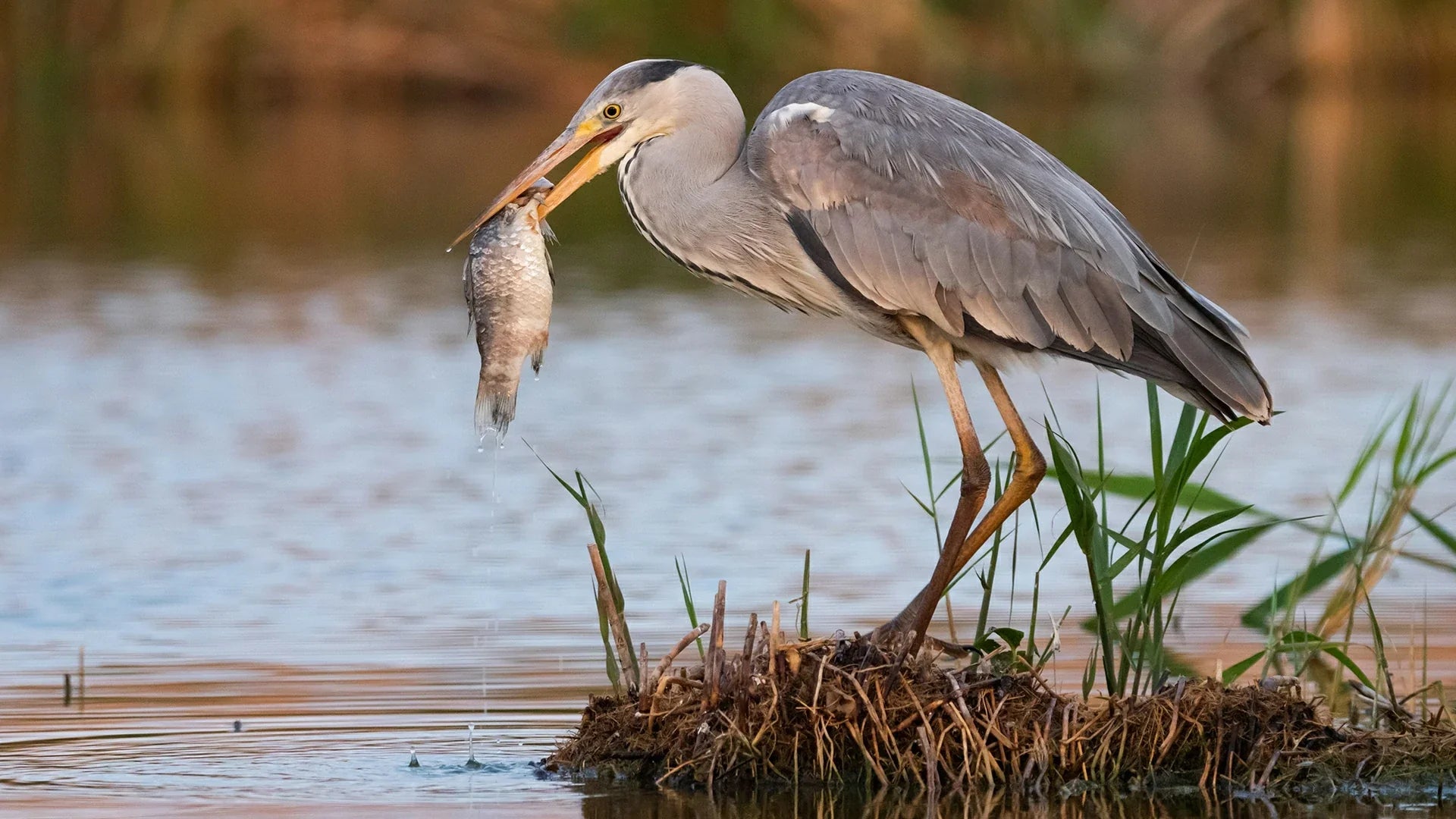
Hinterlasse einen Kommentar
Alle Kommentare werden vor der Veröffentlichung geprüft.
Diese Website ist durch hCaptcha geschützt und es gelten die allgemeinen Geschäftsbedingungen und Datenschutzbestimmungen von hCaptcha.